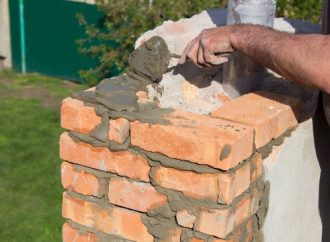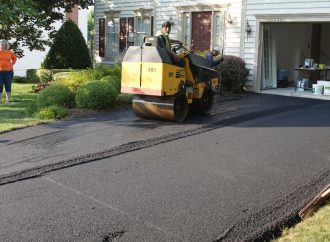Introduction Beat Plaque, an insidious adversary to oral health, demands a nuanced understanding to combat its effects. In this detailed guide, we unravel the intricacies of dental plaque, addressing its composition, causes, consequences, and offering a comprehensive approach to prevention and removal. Unveiling the Nature of Dental Plaque Dental plaque, a sticky amalgamation of residual
Introduction
Beat Plaque, an insidious adversary to oral health, demands a nuanced understanding to combat its effects. In this detailed guide, we unravel the intricacies of dental plaque, addressing its composition, causes, consequences, and offering a comprehensive approach to prevention and removal.
Unveiling the Nature of Dental Plaque
Dental plaque, a sticky amalgamation of residual food particles and saliva, acts as a breeding ground for harmful bacteria. This article emphasizes the paramount importance of regular brushing and flossing in combatting plaque and maintaining optimal dental and gum health.
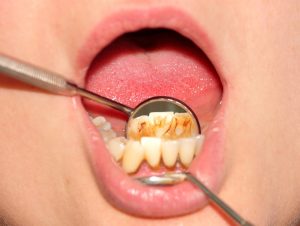
Image by: yendex.com
The Genesis of Plaque
Plaque formation is a consequence of intricate chemical reactions involving bacteria, carbohydrates, food debris, and saliva. Carbohydrates, ubiquitous in various foods, play a pivotal role in plaque development, underscoring the significance of diligent oral hygiene practices.
A Step-by-Step Insight into Plaque Formation
The initial stage involves breaking down carbohydrates during chewing, producing acid. This acid, in conjunction with residual food particles and saliva, transforms into the notorious sticky substance – plaque. Without prompt removal, plaque undergoes hardening, transitioning into the more stubborn tartar.
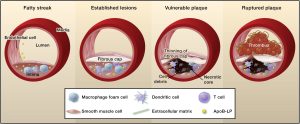
Image by: yendex.com
Distinguishing Plaque from Tartar
While plaque starts as a colorless film, its progression leads to yellowing and solidification into tartar. This hardened deposit necessitates professional intervention for removal, causing discoloration, persistent bad breath, and posing a significant threat to oral hygiene.
The Ramifications of Plaque Accumulation
The consequences of unchecked plaque buildup are dire, encompassing enamel erosion, cavity formation, and the onset of conditions like gingivitis and severe gum disease. Tartar exacerbates these issues, contributing to teeth discoloration and persistent halitosis.
Strategies for Preventing
Mitigating plaque formation involves a twofold approach. Adhering to a balanced diet, with a focus on limiting carbohydrate intake, sets the foundation. However, recognizing the inevitability of some carbohydrates in daily consumption, this guide underscores the irreplaceable role of regular brushing and flossing in preventing plaque buildup.
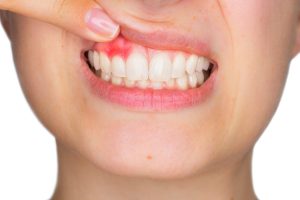
Image by: yendex.com
Effective Techniques
Timely intervention is crucial, as plaque hardens within a mere 48 hours. While routine brushing and flossing play a pivotal role, professional dental cleanings are indispensable for the removal of tartar. Treatments For Other Health Problems Certain specialized toothpaste aids in preventing tartar formation, offering an additional layer of defense.
Insights from Facts
- Over 80% of American adults grapple with periodontal disease stemming from plaque.
- Untreated plaque buildup is a precursor to tooth loss.
- Rapid hardening of plaque within hours poses a formidable challenge.
- Green tea and red wine emerge as potential allies against plaque, albeit with nuances like teeth staining for red wine.
- Olive oil, acting as a protective film, impedes plaque formation.
- Green tea enthusiasts showcase a 20% reduction in the likelihood of tooth loss due to plaque.
- Pregnant women exhibit heightened susceptibility to plaque buildup and tooth decay.
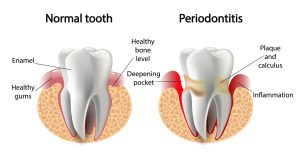
Image by: yendex.com
Conclusion:
Navigating the realm of dental plaque necessitates knowledge and commitment. This comprehensive guide equips you with the understanding to make informed decisions about your oral health. Consult with your dentist to tailor these insights to your unique needs, ensuring a proactive approach to plaque prevention and a lasting, vibrant smile.





